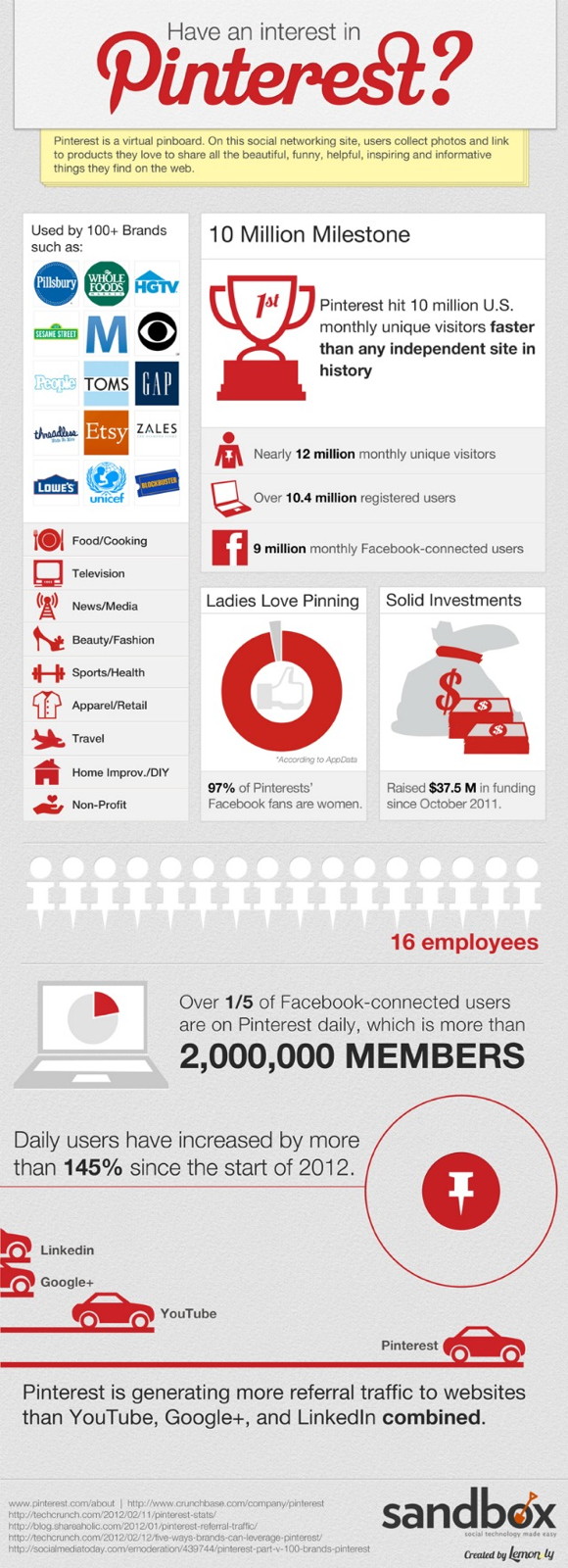Study: What makes Twitter users trustworthy?
 We all want to know what makes us trustworthy, especially when we tweet something. What is the secret sauce that makes others believe in the importance of our tweets? What makes those tweets better than those of our competitors?
We all want to know what makes us trustworthy, especially when we tweet something. What is the secret sauce that makes others believe in the importance of our tweets? What makes those tweets better than those of our competitors?
The answer comes with a study “Tweeting is believing” from Microsoft and Carnegie Mellon University. In their research the two parties find how companies and individuals can feed their tweets with more credibility, and giving them some of the secret sauce.
So, ok,… the results were no really the deepest insights, but somehow they undermine what many of us might have expected: Gain followers, receive retweets, include URL’s in your posts, set up a profile picture alongside a serious bio with information that correspond with your tweets.
In order to get the right findings the researchers surveyed more than 250 Twitter users factors to understand what makes up credibility in Twitter accounts. These factors got scored from one tot five, five being the highest.
The top-rated factors that make tweets more trustworthy…
1. Tweet was retweeted by someone you trust – 4.08
2. Tweet from a verified subject expert – 4.04
3. Author is someone you follow – 4.00
4. Tweet contains a URL you clicked through – 3.93
5. Author is someone you’ve heard of – 3.93
6. Account has verification seal – 3.92
7. Author often tweets on topic – 3.74
8. Author’s tweets frequently include similar content – 3.71
9. Author’s user image is a personal photo – 3.70
10. Author often mentioned and/or retweeted – 3.69
These were the lowest five credibility lowering factors for tweets…
1. Weak grammar and/or punctuation 2.71
2. Profile picture equals Twitter’s default user image – 2.87
3. User image is a cartoon/avatar – 3.22
4. Author follows many users – 3.30
5. Author’s user image is a logo – 3.37
Spot On!
In many seminars, companies and managers have asked me whether a weak language and incorrect tweeting is destroying the credibility of the brand. They wanted to know whether avatar pictures or brand pictures might affect it. In my eyes, companies should worry more about their general company Social Media standards, their way of collaboration external and internal, and ask themselves why and what they are tweeting about. Tweeting is just a tiny part of your Social trustworthiness….
What are your own experiences? What makes you trust a Twitter user? Any ranking similarities you can see as well?






 Some weeks ago, we have discussed the opportunity for car manufacturers with
Some weeks ago, we have discussed the opportunity for car manufacturers with 


 The
The 
